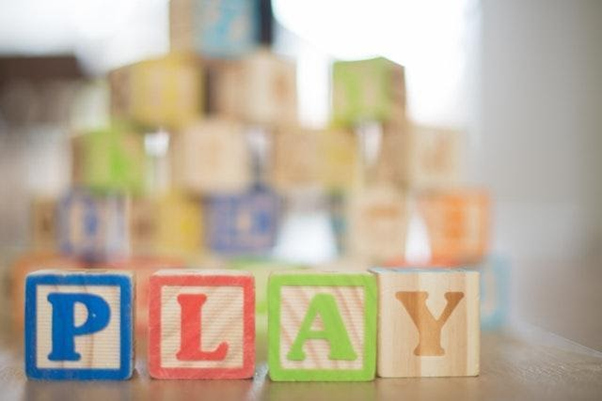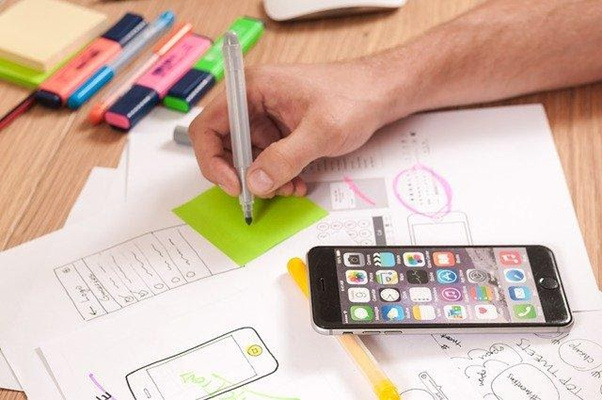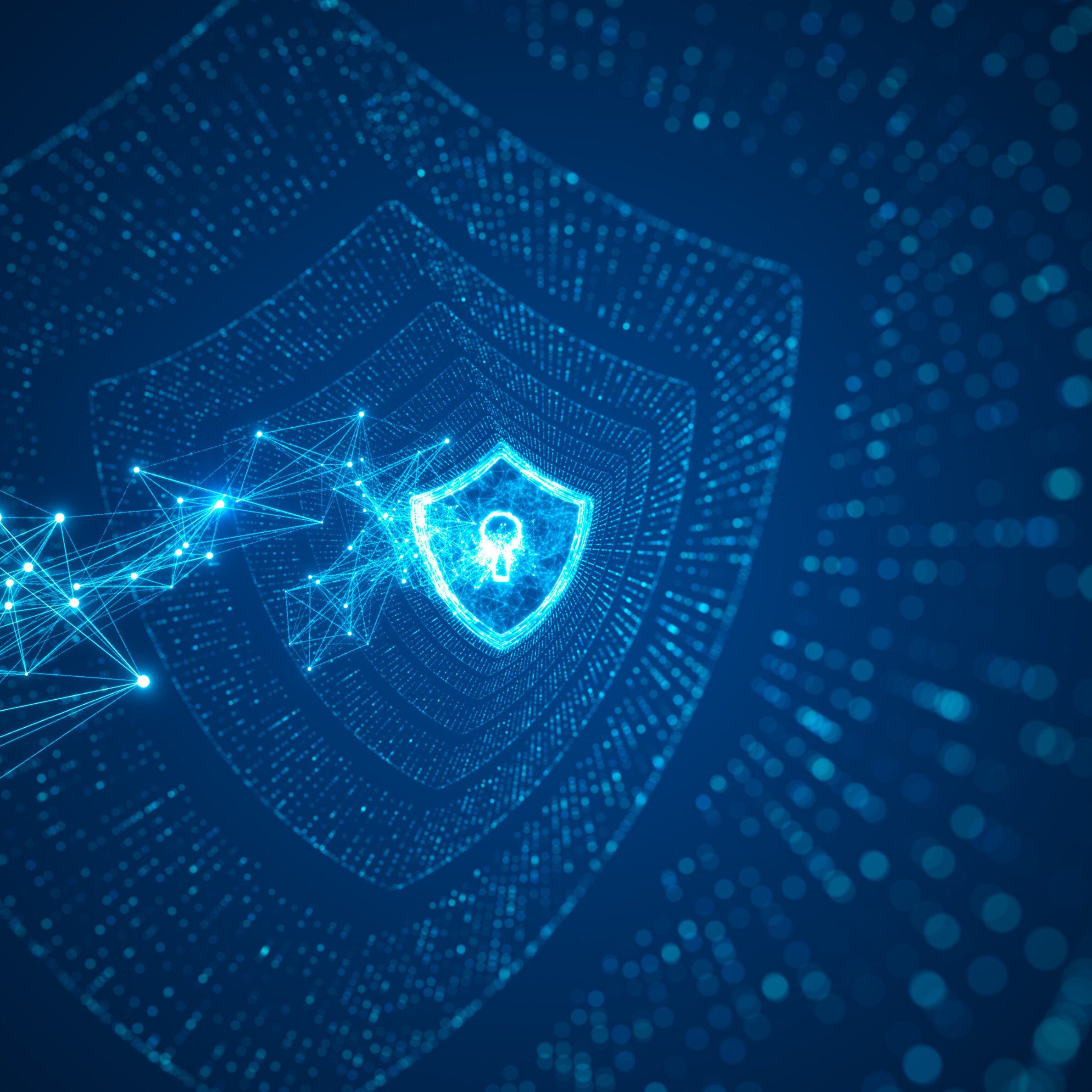
Integrating Gamification into Your Application
One of the most challenging parts of mobile marketing is ensuring continued user engagement. Most apps are downloaded only to be used once in a blue moon, eventually forgotten about and then deleted. Thus, businesses need to develop a strategy that can get users to check and interact with the app on a regular basis to increase user engagement and retention. Gamification can help with exactly that.
Gamification is a marketing strategy that involves integrating games and gaming elements such as rewards systems, competition with friends and other individuals, progression, and leaderboards, into your app or other channels of customer interaction, that can draw the user to interact with your business frequently. Gamification proves to be a great strategy for retaining existing customers and can also help attract new customers to your business by offering a lot of benefits.
Benefits of Integrating Gamification in Your Application
App gamification primarily helps you to retain your current customers and keep them involved and engaged. It does so by awakening curiosity among users and motivating them to spend time on your app. This way, you have constant engagement with your customers and can showcase and market your products and services to a large audience.
Secondly, app gamification can help draw new customers to your platform through word-of-mouth marketing. By enabling users to share their experiences and in-game achievements with their social circle through social media sites and other mediums can help attract new customers.
Thus, with app gamification, you can have users coming back to your app and also attract new customers to help increase your exposure and lead to business growth.
Key Elements of Gamification
Integrating app gamification is easier said than done. You need to come up with a strategy revolving around app gamification that can draw the maximum number of users to your platform. Some of the key gamification elements you should include in your app are:
Rewards

You can offer various kinds of rewards to users, such as badges, in-app virtual currency, and digital points after completion of certain tasks or reaching certain milestones. A rewards system can help promote your products and services, especially ones that are not making sales. For instance, you can provide in-game currency for any purchase, and then the currency can be used by users to purchase real-world non-selling products.
Achievements
Creating achievements such as milestones, levels, or leaderboards can help foster a sense of competition among users. Users can compete with friends as well as other users on the app to unlock achievements. This helps increase the chances of users returning to your app frequently to beat their competitors. This increases user interaction and provides you with more marketing opportunities.
Performance Charts

Users get detailed information about their current performance in comparison to previous results. They can easily track their individual record and work on improving their performance to increase their chances of winning. Similarly, they can use performance charts to compare their performance with other users. Performance charts help instill competitiveness among users and keep them coming back to the gaming modules.
Tips for Building a Successful Gamification Strategy

So, now that you know the key elements to include in your app gamification, how do you build a successful gamification strategy? We have listed five tips that can help you develop and build an app gamification strategy that can help you draw crowds.
Set Objectives
You need to define your objectives regarding the integration of games in your app clearly. You will need to identify the problem that you want to solve with the help of gamification. For instance, your app gamification objective can be to get the desired level of user engagement in general, or it can be to build excitement for a new product or service launch.
Focus on Adding Value
Your users should be self-motivated to use the integrated gaming modules in the app. They should feel a sense of accomplishment during or after the game.
Allow Sharing of Achievements
With the ability to share achievements, users can flaunt their scores and performance with others easily. This also helps in marketing your businesses through word-of-mouth marketing, and it brings other users to your app through curiosity.
Break Reward Points
Instead of giving a single big reward after a lot of hard work by your user, break it into smaller rewards. You can implement a daily reward system that the user can collect on a daily basis and then redeem it for a bigger reward later. This ensures that the user engages with your app on a daily basis. You can also implement a system where the user loses his progress if he misses collecting the daily reward even for a single day.
Examples of App Gamification
There are several businesses that leverage app gamification to get customers to engage with their apps. Some of the well-known examples of businesses using app gamification include:
Starbucks
The coffee giant has implemented app gamification in the form of a loyalty program. Customers are rewarded with ‘stars’ for every order placed using the Starbucks app. Users have to collect a defined number of stars, depending on their level, to unlock a reward. Once the required number of stars are collected, the customer can redeem the same for free food and drinks at various Starbucks outlets.
Duolingo
Duolingo integrates various app gamification features such as scoreboards, badges, and collaboration that helps users learn new languages in a fun way. This also helps bring users to their app daily as users usually compete with others to show off their learning skills.
Integrating app gamification modules can make the app management process hard to manage. Additionally, you will need to update the games with new levels, features, or even develop new games periodically. The process can get strenuous if not managed properly. Thus, you will need to collaborate with a mobile app development agency to handle your app gamification strategies. We at Digital Fractal have expertise in mobile app development and maintenance and are available for your app gamification needs. Feel free to connect with us to know more about how we can help your business leverage mobile app gamification.





